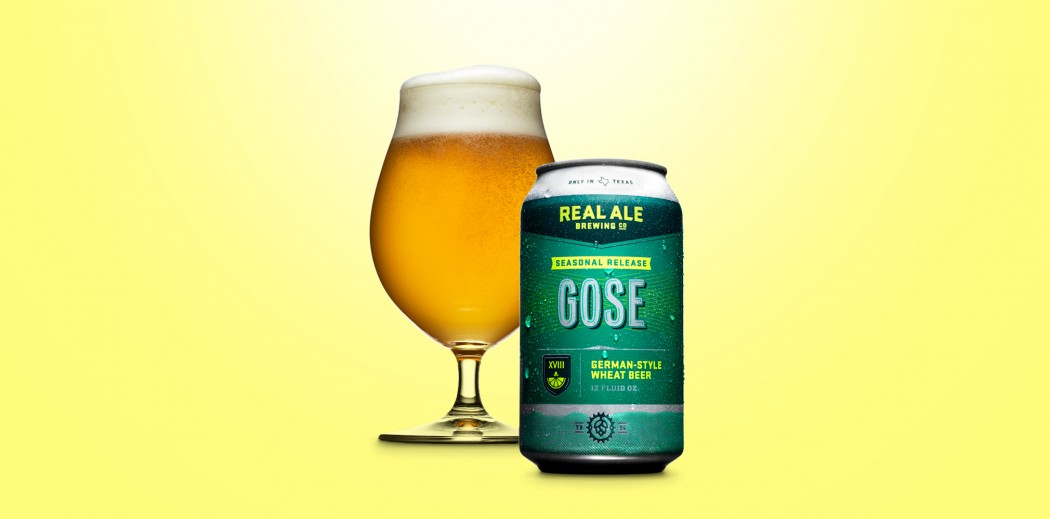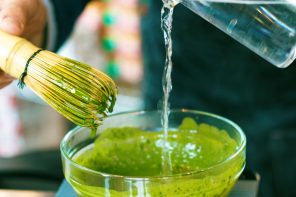If you’re just getting into the exciting world of craft beer, or maybe have been living in an internet-less world for a few years, you might not yet be familiar with the tongue-tickling style known as Gose. First, let’s address the giant elephant in the room: it’s pronounced “GOZE-uh.” There ya go! One problem down.
What exactly makes a Gose a Gose? Gose is a traditional style, unfiltered wheat beer with two distinct additions: coriander and salt. Its unique sour-tart flavor is due to the use of lactobacillus bacteria in the brewing process.
Why coriander and salt? Coriander adds a nice perk of enthusiasm: a floral brightness that compliments the sour twang. The use of salt is meant to mimic the high salinity in the German river Gose, which is, you guessed it, where Gose originated from. It also creates a thirst-quenching quality, something that its enthusiasts really love.
Speaking of the river Gose, let’s dive in a bit more on this ancient style of beer’s complex past. Gose can be traced back to the 16th century in the German town of Goslar. A town about 100 miles away, Leipzig, said danke for the idea and adopted the style in roughly the 1700’s. The beer’s popularity grew, and by the 1800’s there were about 80 gosenschenkes (Gose taverns) in operation. Most Gose production centered in the small town of Dollnitz just outside Liepzig. Demand exploded, and eventually new taverns had to be placed on a waiting list for an allocation of beer to serve.
The beer’s popularity grew, and by the 1800s there were about 80 gosenschenkes (Gose taverns) in operation. Most Gose production was centered in the small town of Dollnitz just outside Liepzig. Demand exploded, and eventually new taverns had to be placed on a waiting list for an allocation of beer to serve.
World War II was something of a death sentence for Gose, and by the 1960s the style was all but extinct. Lager had become the preferred beverage of choice among Germans post-war, among a multitude of other factors that worked against Gose. The 1980s saw a few determined devotees that were committed to bringing Gose back. It remained a somewhat regional specialty until fairly recently. As is often the case with cultural phenomenons, one cannot pinpoint the exact moment that Gose was embraced by the American palate, but what followed was nothing short of an explosion.
The 1980s saw a few determined devotees that were committed to bringing Gose back, but it remained a somewhat regional specialty until fairly recently. As is often the case with cultural phenomenons, one cannot pinpoint the exact moment that Gose was embraced by the American palate, but what followed was nothing short of an explosion.
A handful of breweries, namely South Carolina’s Westbrook and California’s Anderson Valley and Almanac, released productions of Gose in 2013 that were smash hits. America developed a taste for the tart brew and it has not slowed down since. BeerAdvocate’s “Top 250 beers” now contains 35 sours.
There are limitless possibilities with Gose currently underway; things like hibiscus, blood orange, grapefruit and yuzu can be found in Gose form. Dry-hopping, barrel-aging and experimentation with a wide variety of unique salts… it’s all happening. It’s an exciting time to be a sour beer fanatic.
Gose typically weighs in at about 4.5 percent alcohol, so that’s excellent news for your day buzz. Because of the beer’s salty quality it pairs quite well with creamy or fried culinary delights like fries with mayo, moules frites or a cheese and charcuterie board. Mostly, it will refresh you and quench your thirst. Stock up for your next beach day, you won’t be sorry.
https://realalebrewing.com/beers/gose/?age-verified=877001cf81








